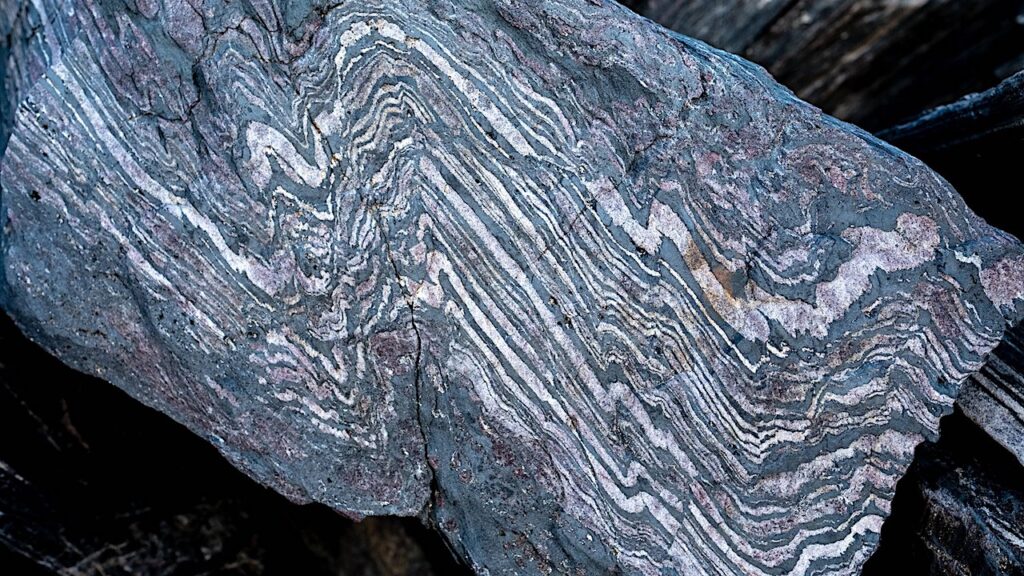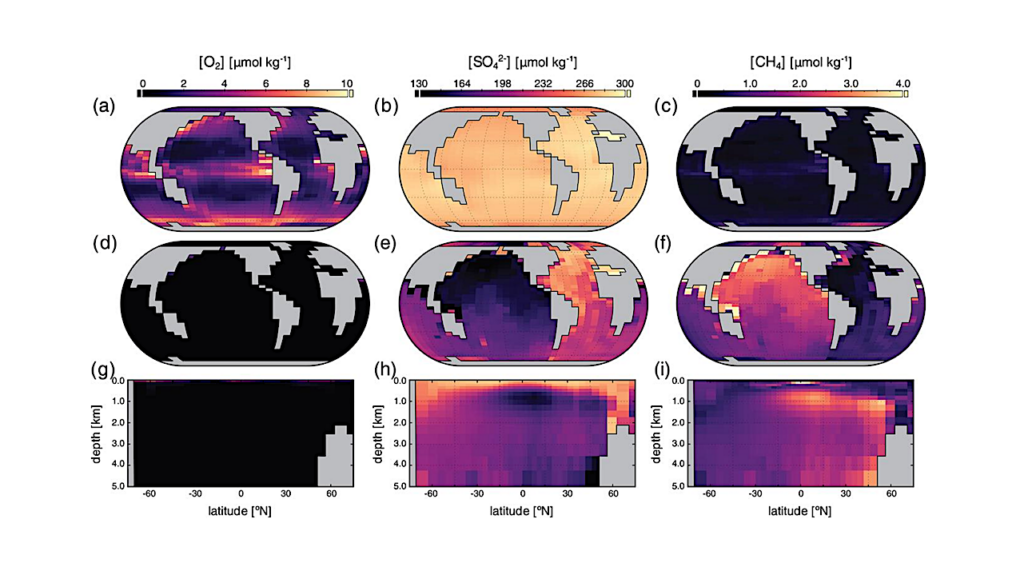Persistence of Flare-Driven Atmospheric Chemistry on Rocky Habitable Zone Worlds

Low-mass stars show evidence of vigorous magnetic activity in the form of large flares and coronal mass ejections. Such space weather events may have important ramifications for the habitability and observational fingerprints of exoplanetary atmospheres.
Here, using a suite of three-dimensional coupled chemistry-climate model (CCM) simulations, we explore effects of time-dependent stellar activity on rocky planet atmospheres orbiting G-, K-, and M-dwarf stars. We employ observed data from the MUSCLES campaign and Transiting Exoplanet Satellite Survey and test a range of rotation period, magnetic field strength, and flare frequency assumptions.
We find that recurring flares drive K- and M-dwarf planet atmospheres into chemical equilibria that substantially deviate from their pre-flare regimes, whereas G-dwarf planet atmospheres quickly return to their baseline states.
Interestingly, simulated O2-poor and O2-rich atmospheres experiencing flares produce similar mesospheric nitric oxide abundances, suggesting that stellar flares can highlight otherwise undetectable chemical species. Applying a radiative transfer model to our CCM results, we find that flare-driven transmission features of bio-indicating species, such as nitrogen dioxide, nitrous oxide, and nitric acid, show particular promise for detection by future instruments.
Howard Chen, Zhuchang Zhan, Allison Youngblood, Eric T. Wolf, Adina D. Feinstein, Daniel E. Horton
Comments: 27 pages, 6 main text figures, 8 extended data figures, published in Nature Astronomy on 21 December 2020
Subjects: Earth and Planetary Astrophysics (astro-ph.EP); Solar and Stellar Astrophysics (astro-ph.SR)
DOI: 10.1038/s41550-020-01264-1
Cite as: arXiv:2101.04507 [astro-ph.EP] (or arXiv:2101.04507v1 [astro-ph.EP] for this version)
Submission history
From: Howard Chen
[v1] Tue, 12 Jan 2021 14:34:27 UTC (10,059 KB)
https://arxiv.org/abs/2101.04507
Astrobiology, Astrochemistry, Space Weather,








